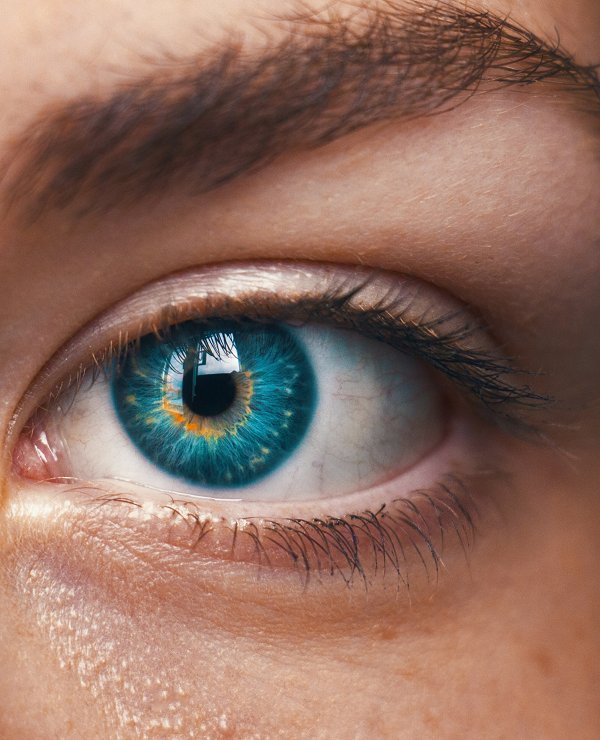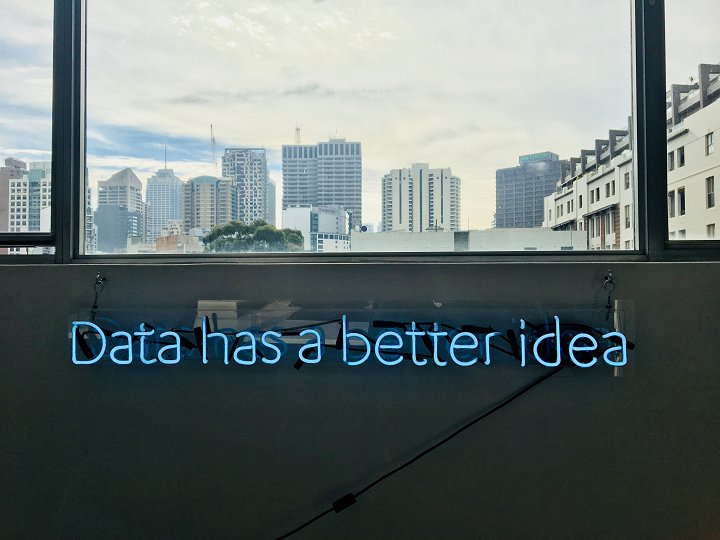4 AI Digital Marketing Trends to Watch and Capitalize On
AI is changing nearly every part of the economy, and the marketing industry is no different. Check out these four trends and get inspired by the possibilities.

Despite all of its success, the tech industry occasionally overpromises and underdelivers. Remember Google Glass? Didn’t think so. However, one technology that is already delivering on its promises is artificial intelligence.
Due to its nearly unprecedented power and flexibility, there likely won’t be a single industry that artificial intelligence doesn’t radically transform. Marketing has seen some of the benefits through dynamic social media ad targeting, but this is only the beginning.
The coming years will make more and more AI-driven marketing technologies accessible to more and more companies, and here at Vrrb, we’re always keeping an eye on the evolution of the tech industry. For this week’s blog, we’re examining five emerging AI-based marketing technologies, and the impact that they could have in the future.

Virtual Influencers
The predominance of social media and digital advertising has brought about the rise of influencers. Influencers are a form of micro-targeted celebrity, capable of building substantial audiences online, and marketing products directly to these audiences, within their own social media content.
They can appear as though they were crafted specifically for the audience they’re attracting, even though it’s more likely due to their charisma, sense of humor, physical attractiveness, or some other outstanding quality. But what if you could create a custom influencer, to exactly align with what your audience wants or desires? Well now you can, with virtual influencers.
Virtual influencers are digital characters brought to life with AI-generated personalities, like the next evolution from chatbots. They are similar to the CGI characters in movies like the Avengers, but with a computer ‘mind,’ rather than a human voiceover. Just like human influencers, they have social media accounts, some with huge followings, backstories, and more. This provides unbelievable flexibility for brands, as you can create a virtual influencer specifically for your audience, blurring the line between influencer and mascot.
Lil Miquela Sousa is probably the most famous virtual influencer with over 3M Instagram followers and hugely popular music on Spotify. What’s more, Lil Miquela has even been featured in a Calvin Klein ad. Her influence, since her ‘birth’ in 2016, has grown exponentially, and some of the world’s biggest brands are already on board. As AI becomes more prevalent and virtual influencers proliferate, we will see them become even more tailored and gain in popularity.

Persona Building
At the root of digital and social marketing are buyer personas. These personas are descriptive profiles of various marketing audiences, using shared characteristics to reach a specific target audience in a way that is both accurate and profitable. What matters most with persona building is the granularity of the persona definition, and AI is constantly making progress in this area.
Personas are built using many aspects of a person’s life, including but not limited to, personality, attitude, personal values, lifestyle, social class, activities, interests, and opinions. Gathering and synthesizing this data from a person’s online activity requires a whole lot of processing power throughout, in order to ensure personas are relevant and reflect real world consumer groups.
If you’re interested in the current state of AI persona-building tools, there are several options you can check out. Personality Insights, from IBM Watson, allows you to analyze text to pull out the person behind the words. Similar services include Brand Catalyst from MRI-Simmons, and Demographics Pro. AI has started a persona building arms race, with companies looking to get an edge on their competitors. They need to get the most realistic assessment of the audience they’re selling to, and of why the people that make up this audience make purchases.
Visual Search
Online search, Google in particular, has been a vital component in the internet infrastructure. We’re on the verge of another huge breakthrough known as visual search. Visual search is another type of search engine, which uses images as input, rather than text phrases. This is a revolutionary breakthrough, which will change the way people shop for products online.
One of the reasons visual search has taken so long is that it requires more subtlety and intelligence than basic keyword search. An image is so much more to process than a simple keyword, which is why it requires such powerful AI. But we’re getting to a point where this is possible.
In consumer terms, visual search will make it easier than ever to find a product based on one you already like. By simply snapping a picture of a piece of furniture, or clothing, or a lamp you like, you will instantly be able to find either identical or extremely similar products for sale. Product recommendations will become insanely easy, connecting people with the precise products they want in an instant.

Dynamic Pricing
Dynamic pricing is linked to persona building, in that it allows you to offer different prices to different customer segments, based on their willingness to buy your product. By using AI to develop rigorous personas, you can then identify which segment a certain customer belongs in when they come to your website, and offer them the appropriate price.
Beyond selling to different customer segments, dynamic pricing allows you to capitalize on different sales trends such as time of day, product demand, etc. A famous example of dynamic pricing in action is Uber’s surge pricing. Uber’s internal AI calculates the cost of a ride based on the total demand from all passengers, to provide adequate incentive to drivers to give all people a ride. This is how dynamic pricing can perfectly align supply, demand, and price, to ensure that all consumers receive the products or services they need, at the proper market price.
We have only seen the beginning of the AI marketing wave, which will radically change the way products are marketed over the years to come. Former impossibilities will become commonplace, and keeping yourself educated on these trends will give you the upper hand on competitors.